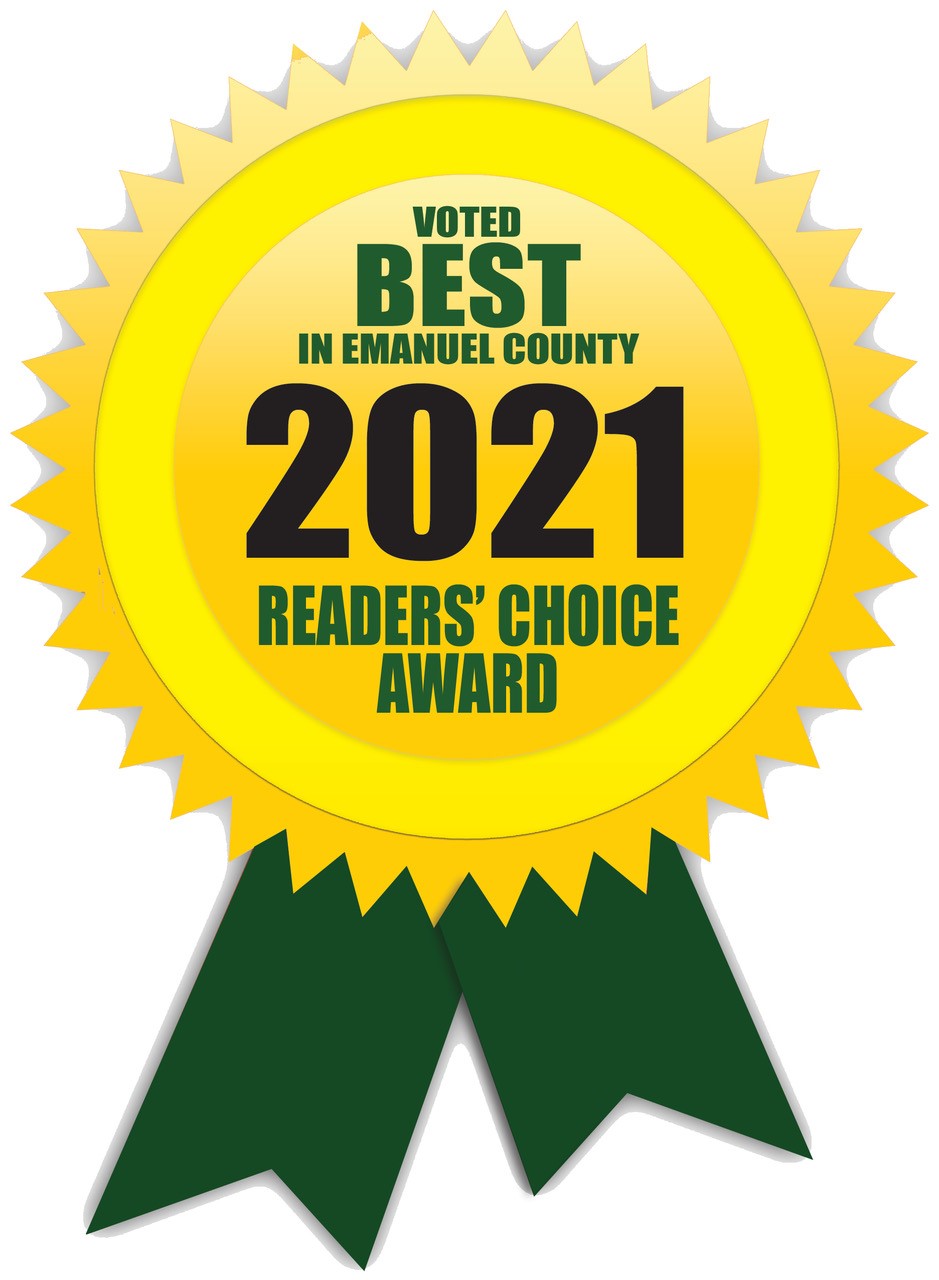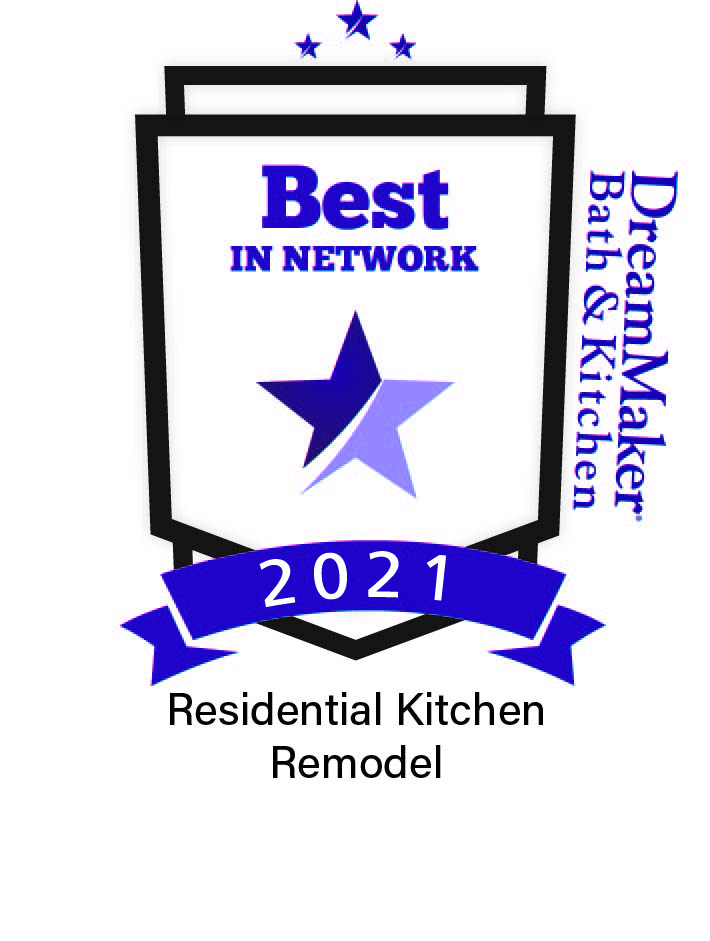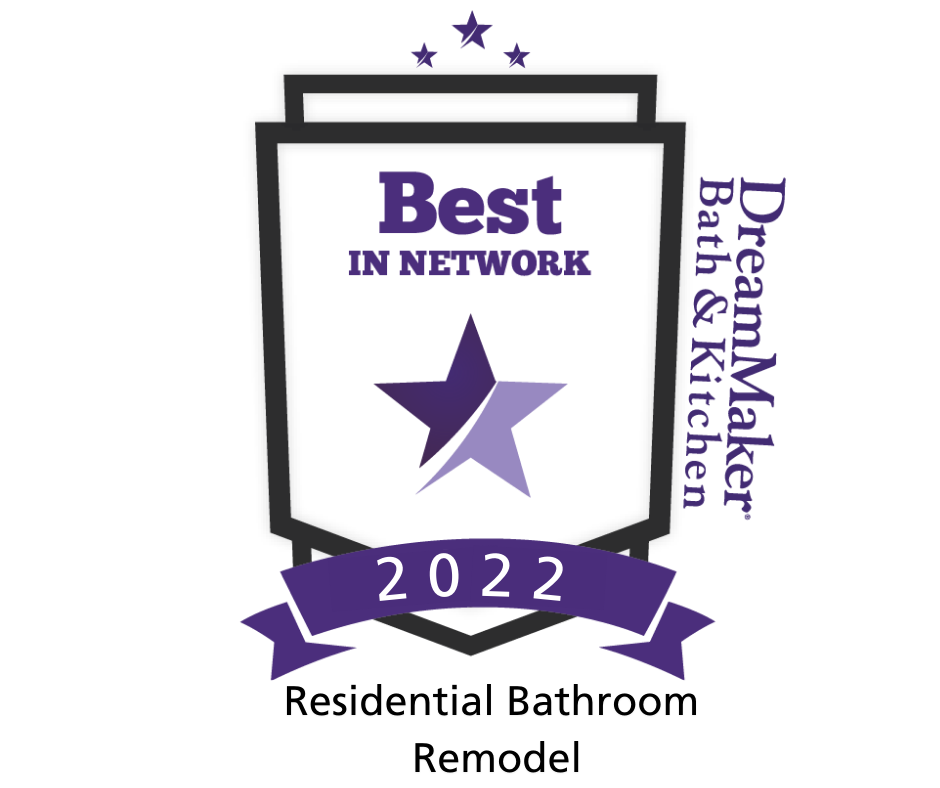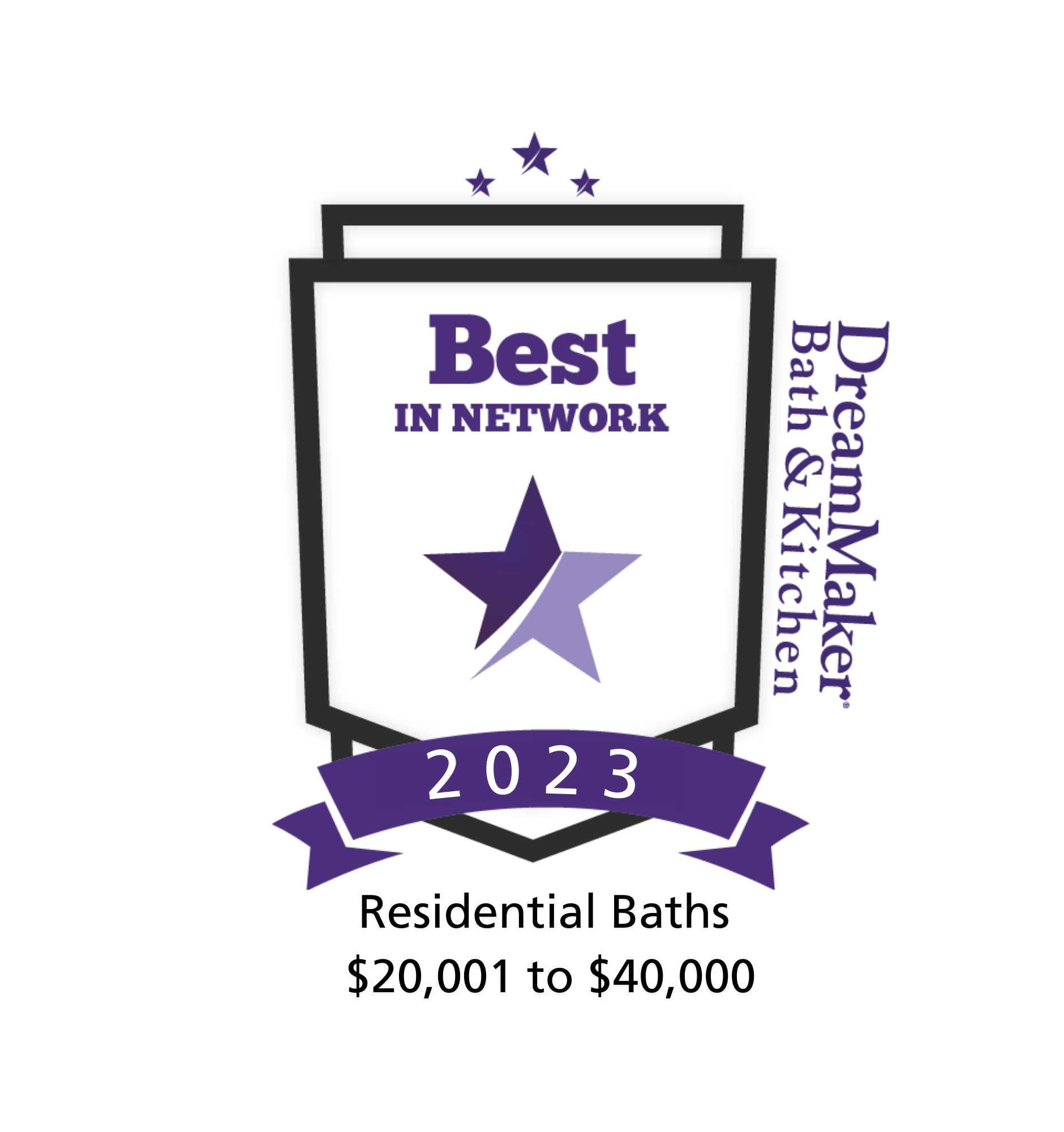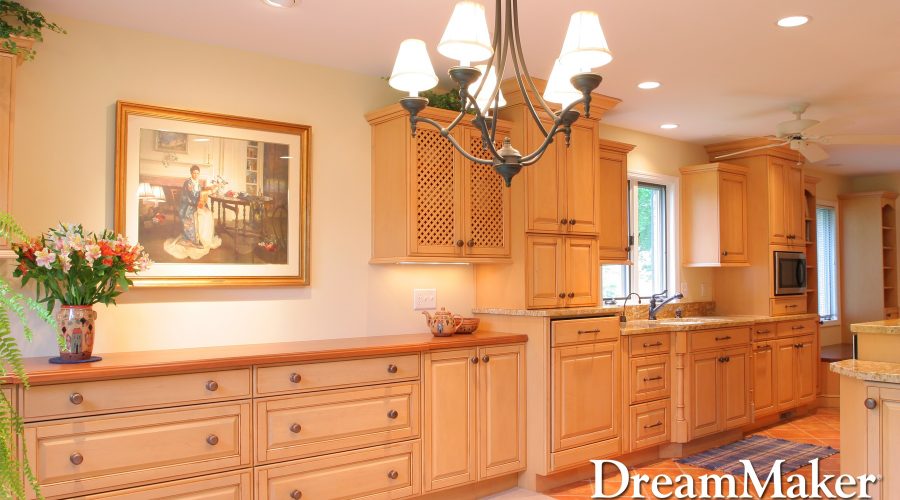
Your kitchen’s long been overdue for an update and you’re ready to move forward with a remodel. But with many different kitchen styles to consider, deciding on the one style that appeals to you most can pose a bit of a problem. If you’re on the fence about which style best suits your home and personal tastes, don’t fret. Let’s walk through the characteristics of the three most common styles.

Traditional
With classic architectural features and design elements, traditional kitchen design is known to be a lot more elaborate than contemporary kitchens in terms of style. Traditional kitchens are the epitome of luxury and elegance.
These kitchens typically feature natural materials and embrace detail. Cabinets are raised or recessed instead of flat, and feature elements like decorative glass or mesh inserts. Decorative crown molding is used heavily. Wood is often stained or finished with a distressed glaze to make it look aged and timeless. Flooring is typically tile, patterned stone or stained hardwood. Ornate custom range hoods in metal, plaster, carved stone or wood are the focal point of traditional kitchens, while chandeliers, recessed lighting and lantern-style lights are the preferred lighting choices.
Contemporary
Contemporary kitchens have an open and airy feel with an open floor plan that may incorporate a separate breakfast area or island for food preparation and dining. In terms of color, both muted tones and bold colors have a place in a modern kitchen. Flat panel cabinet doors with no extra detail, moldings or raised panels are a popular choice. Contemporary kitchen design is all about the layering of textures and bringing together natural elements, stainless surfaces and concrete.
Built-ins are the standard. Ceiling-mounted task lighting and pendant lighting or a chandelier over the dining area is favored, as is ambient lighting. Seating is often a mix of upholstered seats with wood textures, metals or acrylic.
Transitional
Popular among the kitchen styles is the transitional kitchen, which borrows from both traditional and contemporary design elements. Transitional designs offer a mix of natural materials and sleek manufactured products, combining the simple lines of a contemporary kitchen with the natural warmth of a traditional kitchen.
Usually featuring muted colors from nature, a transitional kitchen strikes a balance between past and present. Far from being plain, it has embellishments that feature clean lines and accents that incorporate different textures. Simple and flowing lines and minimalist hardware help complete the picture.
Make Your Kitchen Wishes Come True
Let DreamMaker Bath & Kitchen of East Georgia build you the kitchen you’ve always dreamed of! Call us today at (478) 268-4206 or fill out our convenient online form to start a conversation today.
Kitchen and Bathroom Remodeling Services
If you live in Dublin, East Dublin, Dudley or Dexter and are interested in learning more about remodeling your kitchen or bathroom, don’t hesitate to contact the DreamMaker Bath and Kitchen of East Georgia team.



